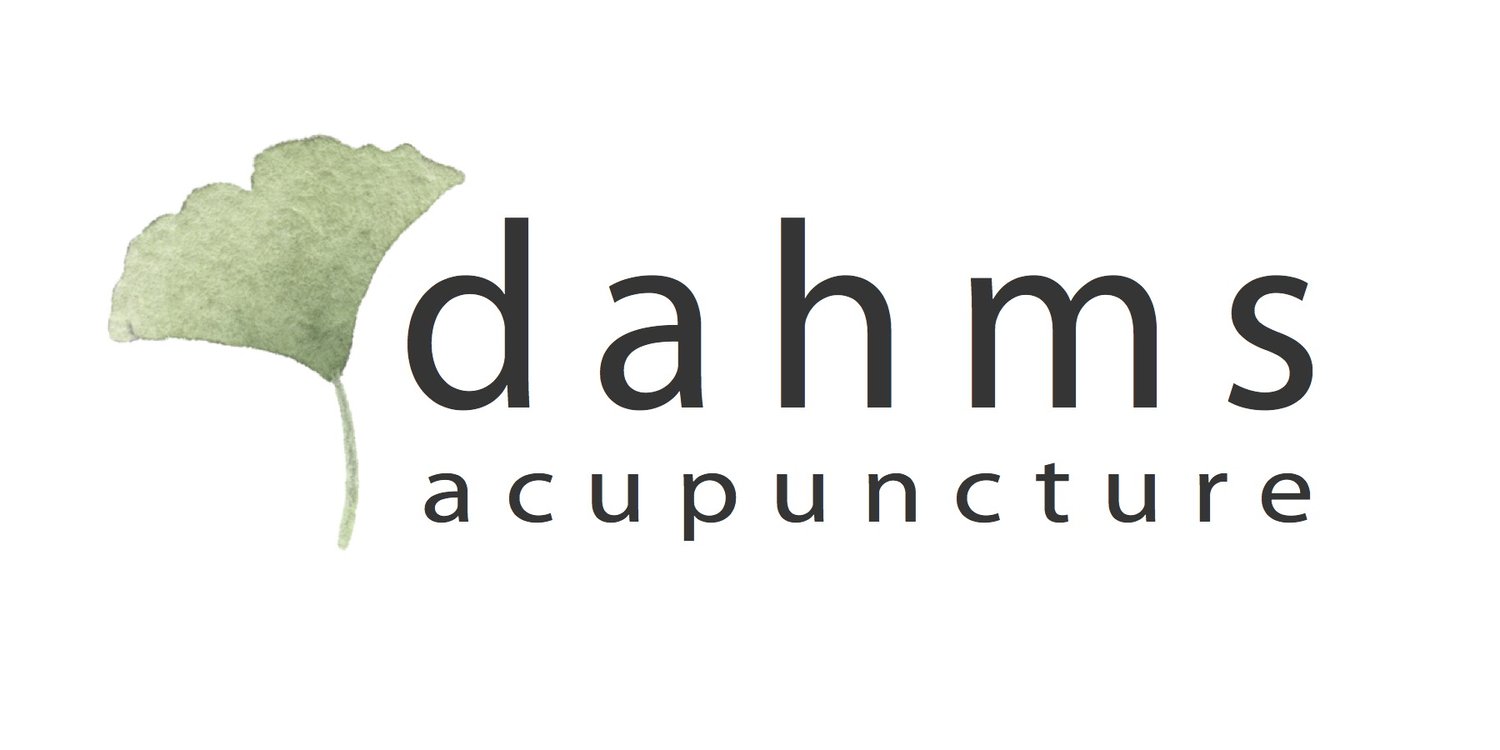Does Acupuncture Work for Chronic Pain?
/Chronic pain is a complex and pervasive health condition that affects millions of people worldwide, transcending age, gender, and socioeconomic status. Unlike acute pain, which serves as a protective response to injury or illness, chronic pain persists beyond the expected healing time and often becomes a persistent companion in the lives of those who experience it. This enduring discomfort, whether caused by injury, disease, or underlying conditions, can have profound physical, emotional, and social consequences.
Chronic pain is not merely a symptom but a multifaceted and challenging health issue in its own right. It can be elusive, difficult to diagnose accurately, and resistant to conventional medical treatments. Moreover, chronic pain can profoundly impact an individual's daily life, limiting their physical abilities, disrupting sleep, and straining relationships.
Acupuncture offers a unique and effective approach to pain management. By strategically inserting fine needles at specific points on the body, acupuncture taps into the body's natural healing mechanisms, triggering a cascade of physiological responses that can significantly alleviate pain. This ancient therapy has garnered increasing attention and scientific validation for its ability to provide relief from a wide range of painful conditions, and its effectiveness has been demonstrated in numerous studies and clinical trials.
Chronic Pain:
A systematic review and meta-analysis published in the Archives of Internal Medicine found that acupuncture was significantly better than sham acupuncture and standard care for chronic pain conditions (Cherkin et al., 2012) (1).
Lower Back Pain:
A study published in the Journal of the American Medical Association (JAMA) showed that acupuncture was associated with improvements in pain and function in patients with chronic low back pain (Cherkin et al., 2009) (2).
Osteoarthritis:
The American College of Physicians recommends acupuncture as a non-pharmacological treatment for chronic low back pain and knee osteoarthritis based on clinical evidence of its effectiveness (Qaseem et al., 2017) (3).
Migraines and Headaches:
A systematic review and meta-analysis in JAMA Internal Medicine indicated that acupuncture was more effective than both sham acupuncture and no acupuncture in reducing the frequency of migraines and tension-type headaches (Linde et al., 2009) (4).
Postoperative Pain:
A study published in Anesthesia & Analgesia found that acupuncture reduced the need for opioids in patients undergoing surgery and improved postoperative pain control (Lee et al., 2015) (5).
Cancer Pain:
A meta-analysis in the Journal of Clinical Oncology suggested that acupuncture could help alleviate cancer-related pain and improve the quality of life in cancer patients (Bae et al., 2013) (6).
Fibromyalgia:
Research published in the Journal of Alternative and Complementary Medicine indicated that acupuncture may provide relief from pain and improve sleep quality in individuals with fibromyalgia (Mayhew et al., 2018) (7).
While these studies provide evidence of acupuncture's effectiveness for pain management, it's important to note that individual responses to acupuncture can vary. The skill and experience of the acupuncturist, as well as the specific treatment approach, can also influence outcomes. Acupuncture is often considered a complementary therapy and can be integrated into a comprehensive pain management plan in consultation with a healthcare provider.
In addition to acupuncture, other complementary holistic therapies can help manage chronic pain and encompass a range of practices, including mindfulness meditation, yoga, nutrition, and various forms of bodywork. These approaches aim to not only alleviate pain but also improve overall well-being, promoting long-term healing and resilience. Mindfulness meditation teaches individuals to manage their pain by cultivating awareness of the present moment, reducing stress, and changing their relationship with pain. Yoga and Tai Chi combine physical postures, controlled breathing, and meditation to enhance flexibility, balance, and strength while promoting relaxation. Proper nutrition plays a crucial role in managing chronic pain, as a balanced diet provides the necessary nutrients for pain resilience. Massage offers relaxation and emotional release, promoting physical and emotional healing. These complementary therapies offer individuals living with chronic pain a multifaceted approach to healing that encompasses physical, emotional, and spiritual dimensions. By addressing the root causes of pain and promoting overall well-being, holistic therapies empower individuals to not only manage their pain but also enhance their quality of life and foster long-term resilience.
References:
Cherkin, D. C., et al. (2012). A randomized trial comparing acupuncture, simulated acupuncture, and usual care for chronic low back pain. Archives of Internal Medicine, 172(19), 1444-1453.
Cherkin, D. C., et al. (2009). Randomized trial comparing traditional Chinese medical acupuncture, therapeutic massage, and self-care education for chronic low back pain. JAMA, 302(8), 963-971.
Qaseem, A., et al. (2017). Noninvasive treatments for acute, subacute, and chronic low back pain: A clinical practice guideline from the American College of Physicians. Annals of Internal Medicine, 166(7), 514-530.
Linde, K., et al. (2009). Acupuncture for tension-type headache: A meta-analysis of randomized, controlled trials. JAMA Internal Medicine, 169(5), 419-426.
Lee, J. H., Choi, T. Y., Lee, M. S., Lee, H., Shin, B. C., & Ernst, E. (2015). Acupuncture for acute low back pain: A systematic review. The Clinical Journal of Pain, 31(2), 172-185.
Bae, S. H., et al. (2013). Acupuncture for acute low back pain: A systematic review. Clinical Journal of Oncology Nursing, 17(6), 656-661.
Mayhew, E., Ernst, E., & Acupuncture for fibromyalgia – A systematic review of randomized clinical trials. Journal of Rheumatology, 27(10), 2125-2128.









